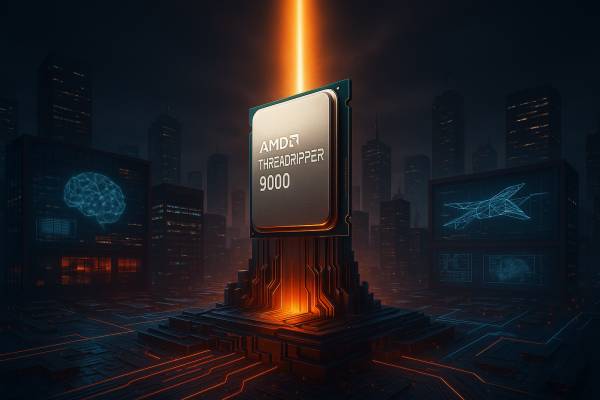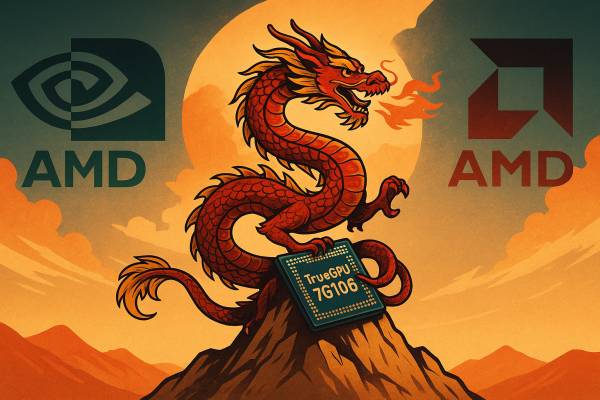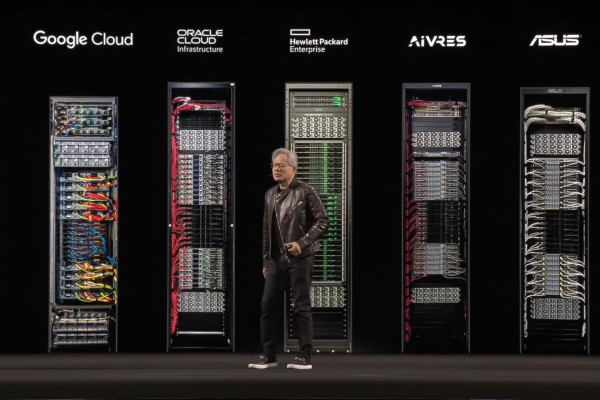Qualcomm’s latest premium mobile chip, the Snapdragon® 8s Gen 4, brings significant improvements over previous generations. This new processor offers outstanding performance and power efficiency compared to the Snapdragon® 8s Gen 3, taking the mobile experience to a new level.
CPU and GPU Architecture
At its core, the processor is built on an advanced Qualcomm® Kryo™ CPU with multiple cores:
-
One Cortex-X4 prime core that can run at up to 3.2 GHz,
-
Three Cortex-A720 cores running at 3.0 GHz,
-
Two Cortex-A720 cores running at 2.8 GHz,
-
And two Cortex-A720 cores running at 2.0 GHz.
According to the designers, this configuration increases performance by 31% compared to its immediate predecessor while using 39% less power. The new Adreno™ 825 GPU handles graphics processing, offering up to 49% better graphics performance and supporting real-time hardware-accelerated ray tracing with global illumination.
Integrated Artificial Intelligence and Multimedia Capabilities
The Snapdragon® 8s Gen 4 not only focuses on raw computing power but also supports on-device generative artificial intelligence through its built-in Qualcomm® AI Engine and enhanced NPU. These smart features enable multilingual, multimodal AI assistants and mobile photography functions such as seamless segmentation and real-time skin and sky tone correction.
An 18-bit triple image signal processor (ISP) in the chip supports camera sensors of up to 320 megapixels and allows the simultaneous use of three 36 MP cameras. For multimedia, it can record video at up to 4K60fps, including HDR10+ and Dolby Vision.
Enhanced Gaming Experience and Connectivity
The Snapdragon® 8s Gen 4 is further boosted by Qualcomm Snapdragon Elite Gaming™ features, including Game Super Resolution 2.0, Adreno Image Motion Engine 2.0, and Adreno Frame Motion Engine 2.0. These features provide dynamic and lifelike graphics in modern mobile games, even with fast 5G and Wi‑Fi 7 connections.
The chip includes an integrated Snapdragon® X75 5G modem, which offers peak download speeds of up to 4.2 Gbps. It also supports the UFS 4.0 storage standard, LPDDR5X memory, USB 3.1 Gen 2 connectivity, Bluetooth 6.0, and Qualcomm® Extended Personal Area Network (XPAN) technology for smooth wireless voice transmission.
The processor is expected to debut in the iQOO Z10 Turbo in April, and other manufacturers—including Xiaomi, Oppo, and Meizu—will soon integrate the new chip into their devices.































